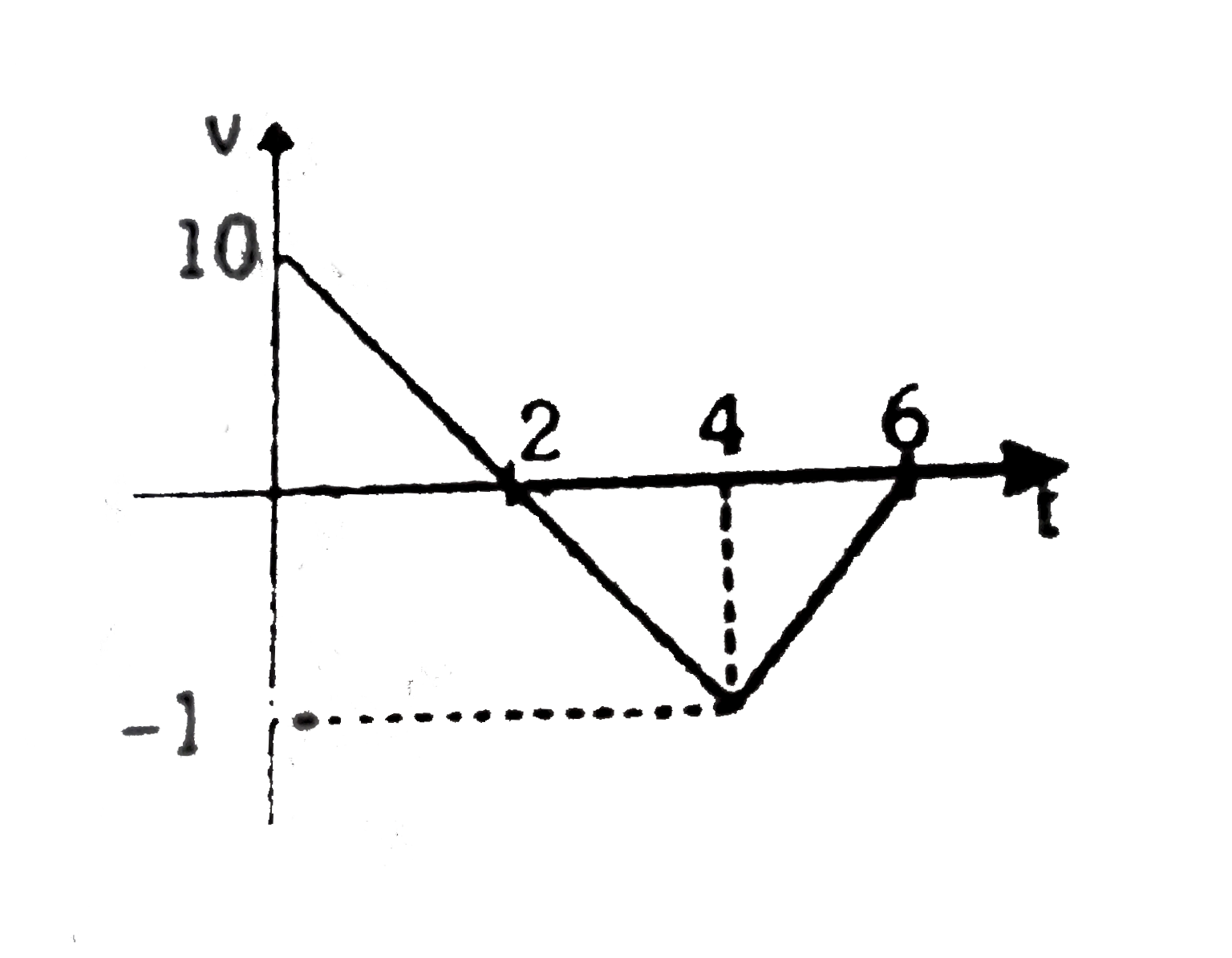Match
Column IColumn II(A)Sheet silicate(p)Contain Si-O-Si bond(B)Silicone(q)General formula(SiO3)−2nn(C)Cyclic silicates(r)Si2O−67(D)Pyro silicate(s)(Si2O5)−2nn
The correct Answer is:A→s ; B→p ; C→q ; D→ r
To solve the matching question between Column I and Column II, we will analyze each item in Column I and find its corresponding match in Column II based on the definitions and characteristics of each type of silicate.
1. Identify Sheet Silicate (A):
- Sheet silicates have a structure where tetrahedra share three corners.
- The general formula for sheet silicates is Si2O5, which can be represented as (Si2O5)^(2n)^(-2n).
- Match: A → S (Contain Si-O-Si bond).
2. Identify Silicone (B):
- Silicone refers to synthetic organosilicon polymers that contain repeated units of R2SiO.
- These polymers are characterized by Si-O-Si linkages.
- Match: B → P (Contain Si-O-Si bond).
3. Identify Cyclic Silicates (C):
- Cyclic silicates are formed when tetrahedra share two oxygen atoms to create closed rings.
- The general formula for cyclic silicates is SiO3^(2-) or SiO3^(n)(2n)^(-).
- Match: C → Q (General formula SiO3^(2-) or SiO3^(n)(2n)^(-)).
4. Identify Pyrosilicates (D):
- Pyrosilicates consist of two SiO4 tetrahedra sharing one corner.
- The general formula for pyrosilicates is Si2O7^(6-).
- Match: D → R (Si2O7^(6-)).
Final Matches:
- A → S
- B → P
- C → Q
- D → R
- Sheet silicates have a structure where tetrahedra share three corners.
- The general formula for sheet silicates is Si2O5, which can be represented as (Si2O5)^(2n)^(-2n).
- Match: A → S (Contain Si-O-Si bond).
- Silicone refers to synthetic organosilicon polymers that contain repeated units of R2SiO.
- These polymers are characterized by Si-O-Si linkages.
- Match: B → P (Contain Si-O-Si bond).
- Cyclic silicates are formed when tetrahedra share two oxygen atoms to create closed rings.
- The general formula for cyclic silicates is SiO3^(2-) or SiO3^(n)(2n)^(-).
- Match: C → Q (General formula SiO3^(2-) or SiO3^(n)(2n)^(-)).
- Pyrosilicates consist of two SiO4 tetrahedra sharing one corner.
- The general formula for pyrosilicates is Si2O7^(6-).
- Match: D → R (Si2O7^(6-)).
- A → S
- B → P
- C → Q
- D → R
Topper's Solved these Questions
Similar Questions
Knowledge Check
Match the column I with column II and mark the appropriate choice.
Column IColumn II(A)Borax(i)Na3AIF6(B)Inorganic benzene(ii)Na2B4O7.10H2O(C)Cryolite(iii)AI2O3.2H2O(D)Bauxite(iv)B3N3H6A(A) → (ii), (B) → (iv), (C ) → (i), (D) → (iii)B(A) → (i), (B) → (ii), (C ) → (iii), (D) → (iv)C(A) → (ii), (B) → (iii), (C ) → (i), (D) → (vi)D(A) → (iii), (B) → (i), (C ) → (ii), (D) → (iv)
Match the materials listed in the column−I with type of silicates listed in column −II , and select the correct answer using the code given below the list :
Column−IColumn−II(a)Spondumene(p)Two dimensional sheet silicates(b)Throteveitite(q)Pyrosilicates(c)Kaolin(r)Chain silicates(d)Quartz(e)Three dimensional sheet silicates.
View SolutionFor the velocity -time graph shown in figure, in a time interval from t=0 to t=6s, match the following:

Column IColumn II(A)Change in velocity(p)−5/3SIunit(B)Average acceleration(q)−20SIunit(C)Total displacement(r)−10SIunit(D)Acceleration ay t=3s(s)−5SIunit
View SolutionMatch
Column IColumn II(A)O3+H2O2 →(p)Blue(B)O3+starch KI →(q)Tailing(C)O3+Hg →(r)HIO3(D)O3+I2+H2O →(s)O2+H2O
View SolutionA balloon rises up with constant net acceleration of 10m/s2. After 2 s a particle drops from the balloon. After further 2 s match the following : (Takeg=10m/s2)
Column IColumn II(A)Height of perticle from ground(p)Zero(B)Speed of particle(q)10SIunits(C)Displacement of Particle(r)40SIunits(D)Acceleration of particle(s)20SIunits
View SolutionThe general formula of CnH2n−2O2 could be for open chain
View SolutionThe general formula of CnH2nO2 could be for open chain
View SolutionThe general formula of CnH2nO2 could be for open chain
View Solution